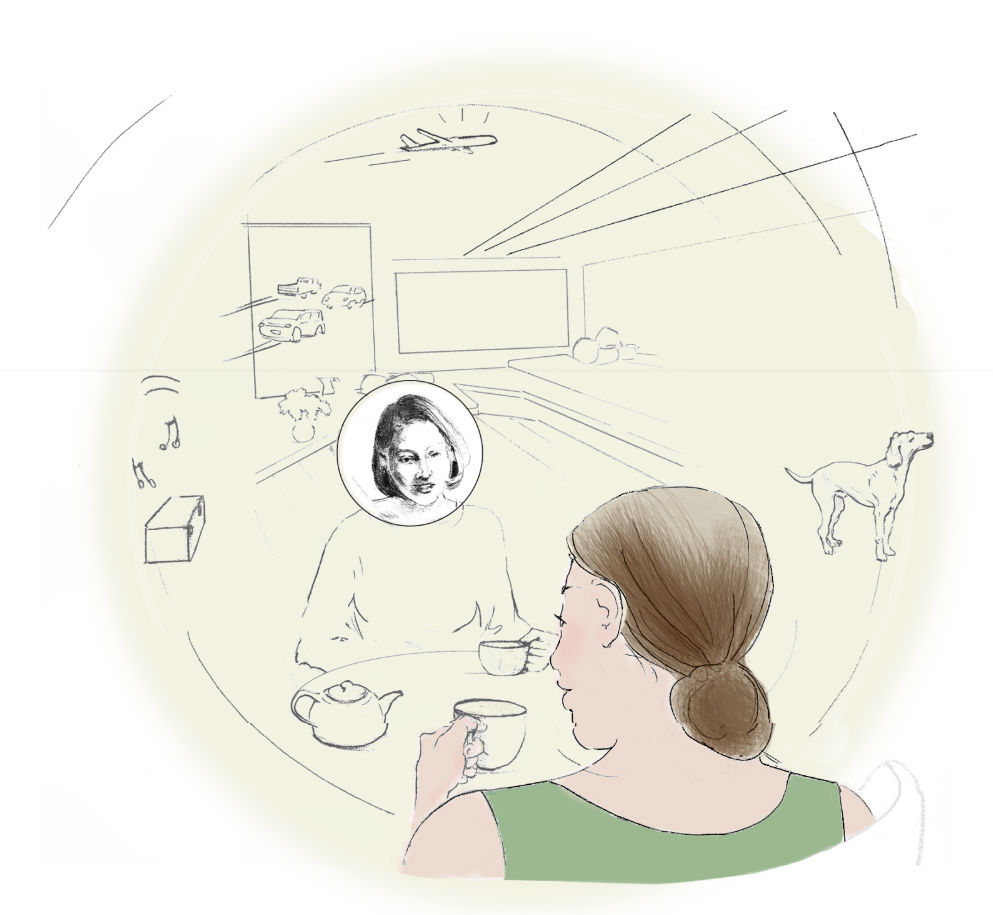Tag Archive for: Culadasa

Culadasa: Disentangle From Your Thoughts and Emotions
Mind-BodyMay 26, 2017
By Culadasa One thing that all successful meditation practices have in common, whether it’s acknowledged or not, is stable…
by admin0 comments
The Science of Meditation | How Mindfulness Improves Everything
UncategorizedMay 6, 2017
In this video, Culadasa (John Yates, PhD.) explains how mindfulness improves everything. In July, he'll be leading the Science…
by admin0 comments
The Science of Meditation | Attention and Peripheral Awareness
Mind-BodyMay 6, 2017
In this video, Culadasa (John Yates, PhD.) describes the important distinction between attention and awareness. In July, he’ll be leading…
by admin0 comments